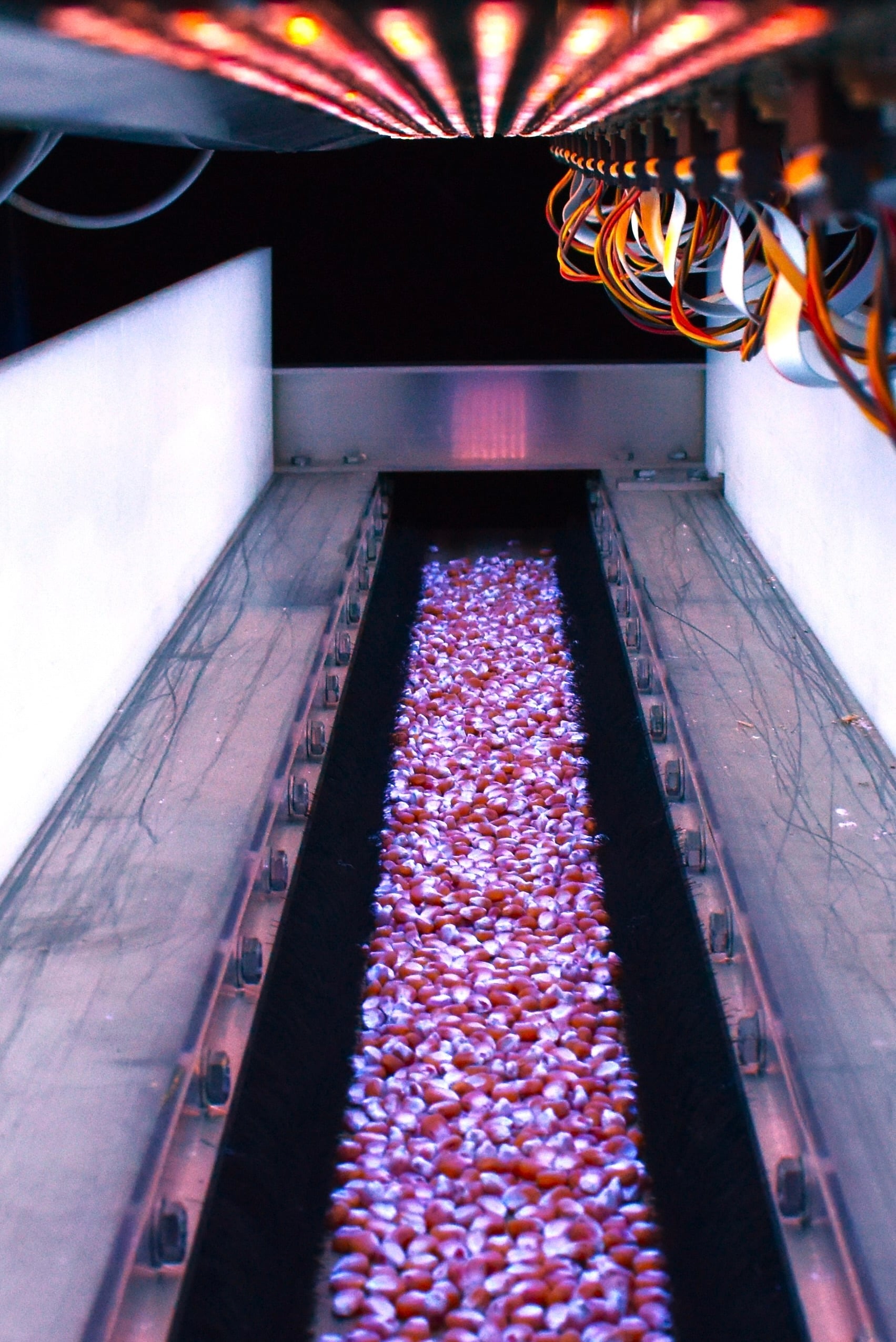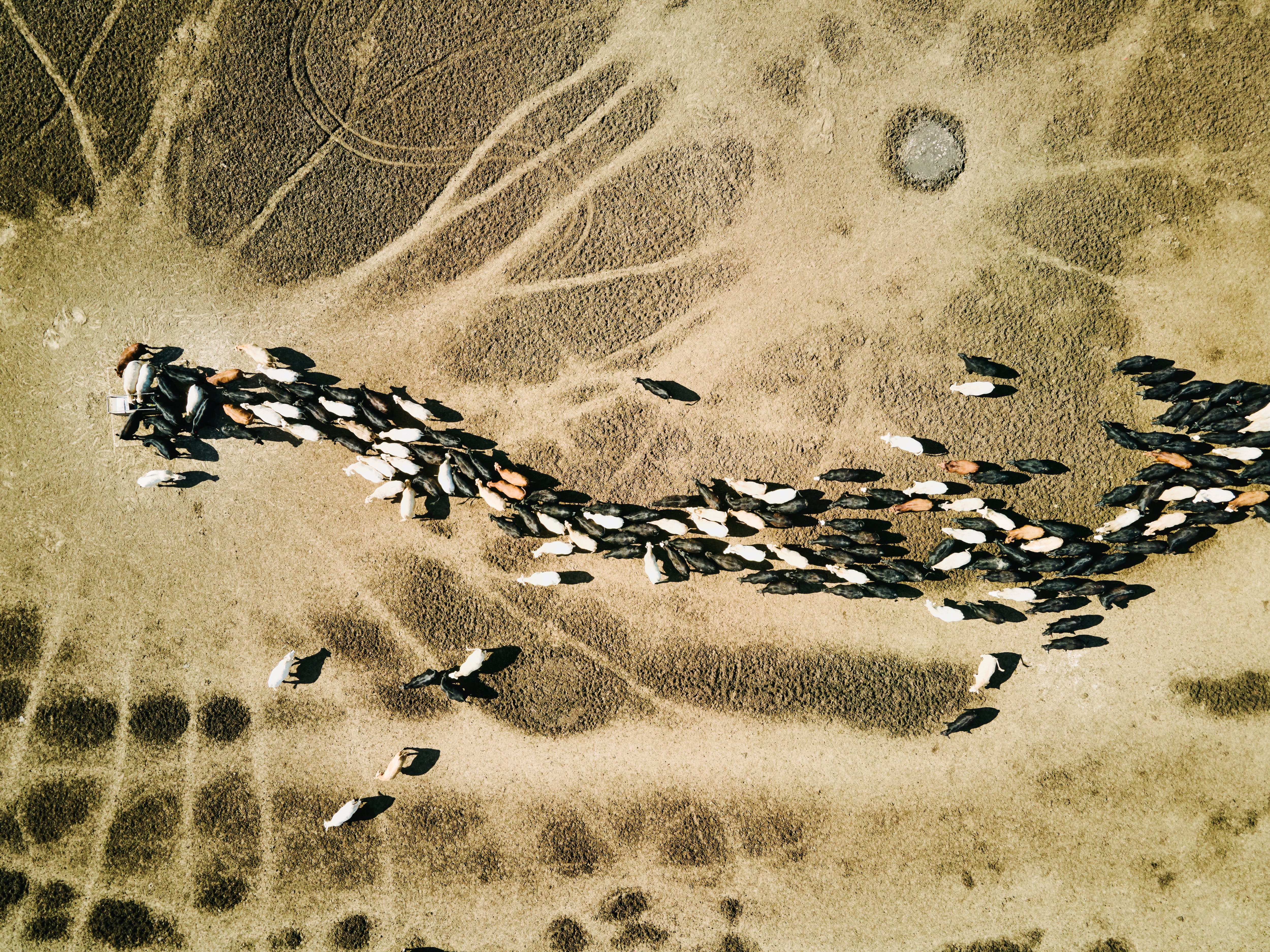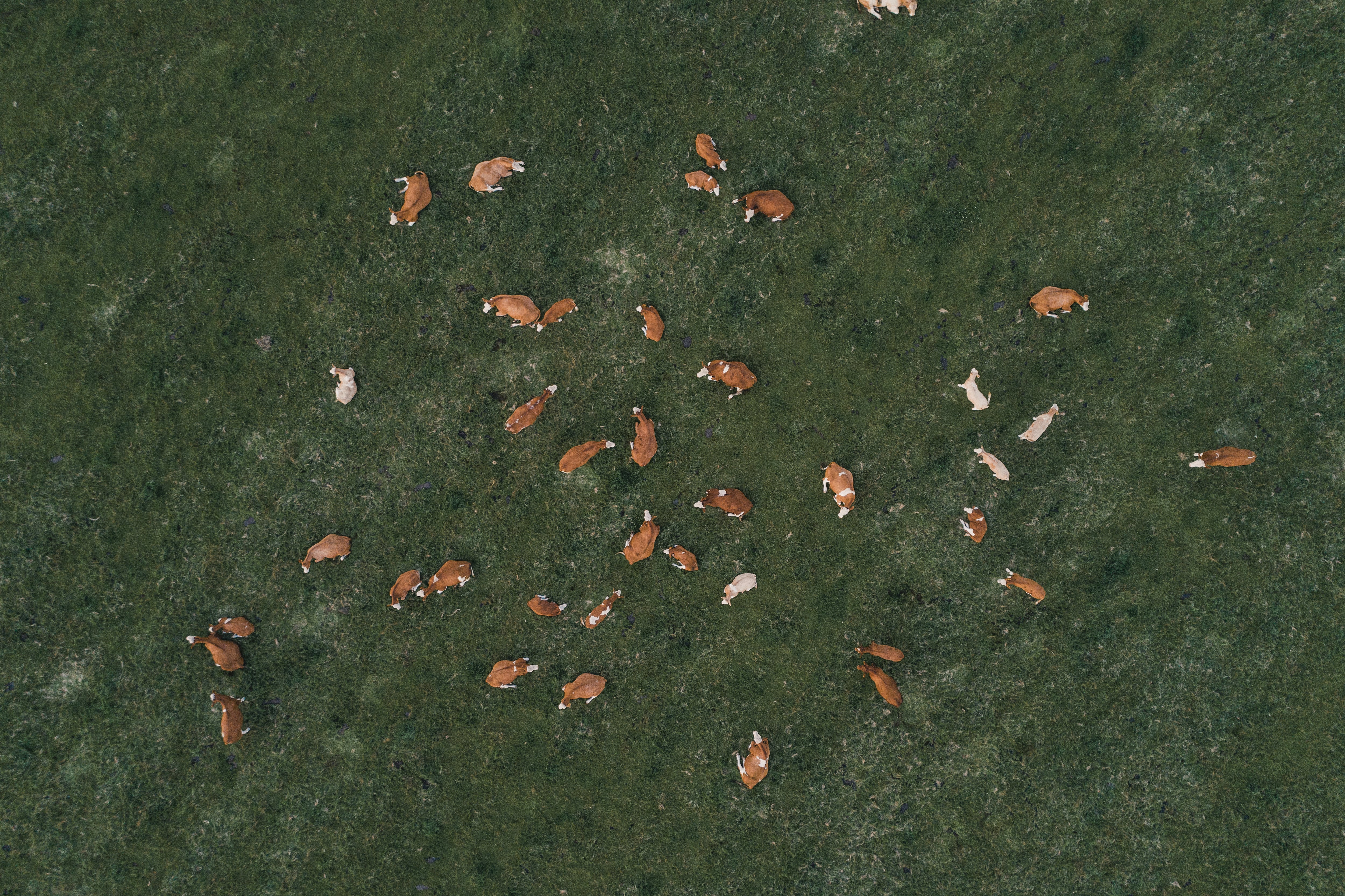UV-light treated grass seed holds the potential to reduce methane in pasture-fed animals, according to New Zealand company, BioLumic.
The Palmerston North-based innovator is focused on unlocking new opportunities in agriculture. Whether through intergenerational trait enhancement in corn, methane-reducing forage crops, or faster trait development timelines, BioLumic founder and chief science officer, Jason Wargent, believes the company is at the forefront of a major shift in how crops are optimized for sustainability and productivity.
The next few months will be pivotal as it validates its field trial results, scales up production, and expands its partnerships.
“Scientific research has long shown that UV light signaling leads to changes in gene expression. The plant is simply responding and adapting—like an instantaneous version of breeding, but without altering the plant’s underlying genetic makeup.
“We use a diagnostic test that studies gene expression, allowing us to refine our approach. To be clear, what we do is not genetic modification in any way. Instead, we control the expression of genes that are already present in the plant, guiding them down a pathway that delivers the benefits of our technology.
“By combining our diagnostic test with advancements in seed treatment, we have achieved profound improvements in plant traits. Now, we are focused on specific crops—our team is 34 people strong, so we can’t tackle every crop just yet. But it’s only a matter of time. Scaling up and bringing our first products to market is the priority, and that moment is here.”
The company, which was founded out of Massey University with the support of a local incubator, works on a diverse range of projects. One of its main applications is treating corn seed, which presents a significant opportunity, particularly in regions like the US as well as many other parts of the world.
Corn yields
Next month, BioLumic will commercially launch its first seed treatment in the US for corn.
“Initially, we worked with hybrid corn—the kind farmers grow for grain. But last year, we took a bold step by experimenting with treating parent varieties of corn instead of the seeds themselves. Normally, in hybrid corn production, two parent varieties are crossed, and the resulting seeds are then sold to farmers. We hypothesized that treating the parent plants could enhance their productivity, increasing seed yield.
“We then assessed the seeds produced by these treated parent plants in field trials—without any additional treatment on the seeds themselves.”
The results according to Wargent were remarkable. “We observed stronger yield gains in the next generation than we had seen when treating the seed directly. This intergenerational pass-through effect could lead to even greater improvements in crop performance.”

Expanding into forage crops
While the company’s initial focus was on seed treatments for direct sowing, its sees plenty of innovation possibilities around forage crops like ryegrass, which are critical for livestock feed. “Our technology could play a key role in improving traits for animal forage,” said the CSO.
Currently, the startup’s focus is on annual and perennial ryegrass, with plans to expand further.
“Our technology offers a much faster pathway to improved crops compared to traditional breeding. If we start developing a new trait in a crop species today, we estimate a three-year timeline to bring it to market—significantly shorter than conventional breeding programs.
“Importantly, because our method involves only UV light treatment, there are no regulatory hurdles. UV light is non-ionizing radiation, meaning it does not alter DNA in the way that genetic modification does. This allows us to bring innovations to market more quickly and efficiently.”
Addressing climate challenges and methane reduction
In December, Wargent was at the New Zealand Agriculture and Climate Change Conference, where there was a major focus on reducing methane emissions from livestock.
“One of the questions emerging from that event was how to ensure that any innovative technology also improves farm productivity - and that’s where we believe we have a major advantage. When we first evaluated our concept in ryegrass, we weren’t just looking at increasing lipid content (which can help reduce methane emissions). We also saw improvements in other key traits, including increased dry matter productivity, higher metabolizable energy (more efficient feed for livestock) and enhanced resistance to abiotic stress (potentially improving drought tolerance).”
The trigger for launching its methane-reducing forage program came from an investment by AgriZero, a public-private partnership in New Zealand. AgriZero, backed by companies like Fonterra and the New Zealand government, invests in climate solutions for agriculture.
With this investment, BioLumic is supporting field trials to validate methane reduction in livestock, scaling up seed treatment production for commercial use and expanding research into forage species beyond ryegrass.
“We estimate that by Q3 this year, we will transition from greenhouse research to field trials. If those trials confirm our expected methane reductions, we aim to launch our first commercial forage products within a year.
As our method involves only UV light treatment, there are no regulatory hurdles.
Jason Wargent, PhD, Chief Science Officer, BioLumic
“While ryegrass is our initial focus, we believe this technology can be applied to a wide range of forage species and global markets. We’ve already had discussions with seed companies in Europe and Ireland, where grass-fed dairy systems make this technology particularly relevant.
“Additionally, our early research suggests that the benefits extend beyond just ryegrass. In New Zealand, we assessed maize silage and saw similar improvements in energy concentration and lipid composition, demonstrating the potential to enhance livestock feed across different forage systems.”
Soil based rice cultivation
About a year ago, BioLumic also began a project focused on rice seed, funded by the Bill & Melinda Gates Foundation. This project aims to improve the establishment capability of rice when planted in areas like northern India. The goal is to support the transition from traditional flooded paddies to direct soil-sown cultivation. This shift is already underway but requires further innovation to enhance success rates.
From the Gates Foundation’s perspective, this transition has socio-economic benefits. Traditionally, rice is grown in flooded paddies, where it starts as seedlings in trays before being transplanted into the fields. This process often demands significant manual labor, preventing children from attending school and limiting opportunities for women to engage in other community activities. Beyond social impacts, there is also an environmental cost. Flooded rice paddies are one of the largest sources of methane emissions, second only to enteric fermentation from livestock. The microorganisms in standing water break down organic matter and release methane, contributing to greenhouse gas emissions.
“One major challenge in shifting to direct soil-sown rice cultivation is weed control. Without the waterlogged environment of traditional paddies, weeds become more competitive, making it harder for rice plants to establish themselves. This is where our technology comes in—the BioLumic approach enhances initial germination, vigor, and root development. We have demonstrated that our light treatments can effectively control these traits, helping rice establish more successfully in non-flooded conditions,” explained Wargent.
Leveraging evolution
The ability of plants to readily detect and respond to UV light signals is considered one of their earliest major evolutionary adaptations.
“By adjusting the type and intensity of UV treatment a plant receives - something we apply in our work at BioLumic - we can direct specific physiological outcomes. We are leveraging evolution, tapping into natural mechanisms that have been in place for hundreds of millions of years. UV light primarily triggers protective and acclimation responses in plants.”
Historically, early UV research was driven by concerns over ozone depletion in the 1980s and 1990s.
Scientists were worried that increased UV exposure might negatively impact ecosystems and agriculture.
However, what that research actually revealed was that many of the plant responses to UV were not harmful but rather part of their normal acclimation processes. UV exposure, for example, can enhance the production of protective pigments in plant tissues, stated Wargent.
“While we don’t yet fully understand why UV treatments increase yield, we are learning how they do. One theory is that plants interpret UV exposure as a cue to prepare for environmental stress—anticipating a sudden increase in UV intensity. This preparation makes them more resilient and efficient, similar to how other organisms adapt to environmental signals.”
For BioLumic, one of its major breakthroughs was discovering that it could apply this understanding to seeds. “As an emerging company, we recognize there is some skepticism about the idea that simply shining light on seeds can redirect the entire developmental pathway of a crop. However, our results are undeniable. While we are currently the only company in the world applying this approach, we see both an incredible opportunity and a unique challenge in leading this innovation.”
UV light treatments are incredibly diverse - more like a formulation than a single, uniform approach.
“In fact, we estimate that there are over 2 billion different UV light regimens that could be applied to seeds in just seconds or minutes.
The question then becomes: how do we determine the optimal treatment to achieve the desired efficacy or enhance specific traits in a given crop? One of our biggest breakthroughs as a company has been developing a precise method to answer that question.”





